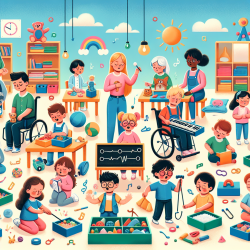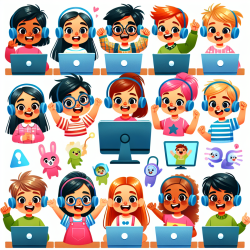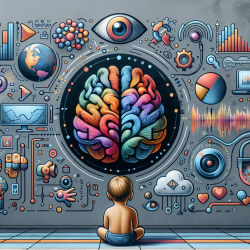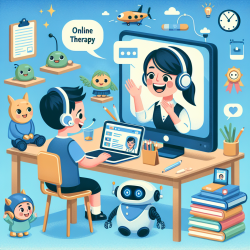As a special education practitioner, you are well aware of the unique challenges faced by students with severe disabilities. A recent study titled "Sensory Experiences and Children With Severe Disabilities: Impacts on Learning" offers valuable insights into how sensory experiences can profoundly impact learning and development for these students. Here, we summarize key findings and provide practical tips for implementing these insights in your classroom.
Key Findings from the Research
The study identified three major themes:
- Students are afforded limited sensory-rich experiences.
- Everyday routines make students passive recipients of school activities.
- Instructional approaches result in little interaction with extended periods of waiting.
These findings highlight the need for more intentional sensory experiences and interactive learning opportunities for students with severe disabilities.
Practical Tips for Enhancing Sensory Experiences
1. Incorporate Music and Movement
Music was found to have a significant positive impact on students. Incorporate music into daily routines and lessons to engage students actively. Encourage movement by integrating dance or simple rhythmic activities.
2. Facilitate Independent Exploration
Allow students to explore their environment independently. Create safe spaces where they can move freely and interact with various sensory materials. This can include textured fabrics, musical instruments, and tactile toys.
3. Use Multi-Sensory Teaching Tools
Employ multi-sensory teaching tools that engage multiple senses simultaneously. For example, use visual aids, tactile objects, and auditory cues to reinforce learning concepts. This approach helps meet the diverse sensory needs of students.
4. Encourage Participatory Sense-Making
Participatory sense-making involves interactive activities where students can make sense of the world through shared experiences. Engage students in group activities that require collaboration and communication, such as art projects or interactive storytelling.
5. Provide Choices and Encourage Communication
Offer students choices in their activities and materials to promote autonomy and decision-making. Use communication devices or picture cards to help students express their preferences and needs effectively.
6. Implement Sensory Breaks
Incorporate sensory breaks into the daily schedule. These breaks can include activities like stretching, deep pressure activities, or quiet time with calming sensory materials. Sensory breaks help students regulate their sensory input and maintain focus.
Conclusion
Enhancing sensory experiences for students with severe disabilities can significantly improve their engagement, learning, and overall well-being. By incorporating these practical tips into your classroom, you can create a more inclusive and stimulating learning environment.To read the original research paper, please follow this link:
Sensory Experiences and Children With Severe Disabilities: Impacts on Learning 









